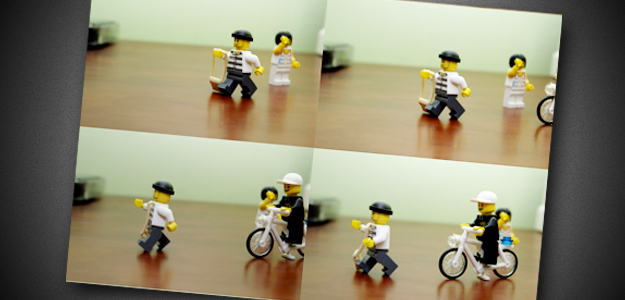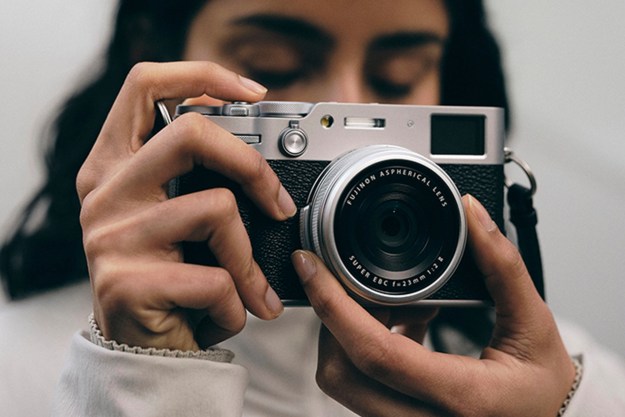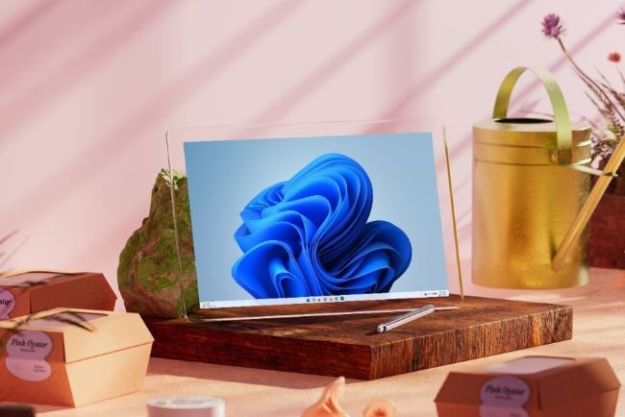 As one of the world’s most beloved toys, Lego bricks, with their endless shapes and sizes, lend themselves to all sorts of creative fun. A popular use of Legos is creating stop-motion animation that brings them into life. Punch in “Lego stop-motion” into YouTube and you’ll find a bunch of homemade Lego videos created by fans, ranging from recreations of famous movie scenes to a marriage proposal. And, who can forget the White Stripes’ video that turned Meg and Jack White into Lego bricks? (Plus, unlike real actors, they won’t sass back.) Using Lego bricks and figures to shoot stop-motion video is an extremely fun and rewarding way to put these toys to good use.
As one of the world’s most beloved toys, Lego bricks, with their endless shapes and sizes, lend themselves to all sorts of creative fun. A popular use of Legos is creating stop-motion animation that brings them into life. Punch in “Lego stop-motion” into YouTube and you’ll find a bunch of homemade Lego videos created by fans, ranging from recreations of famous movie scenes to a marriage proposal. And, who can forget the White Stripes’ video that turned Meg and Jack White into Lego bricks? (Plus, unlike real actors, they won’t sass back.) Using Lego bricks and figures to shoot stop-motion video is an extremely fun and rewarding way to put these toys to good use.
Shooting stop-motion video, in general, isn’t too complicated, but it can be time consuming. The good news is that it can be done with a minimal amount of special equipment. With a camera, some uniform lighting, and a stable surface, anyone can shoot simple stop-motion videos.

Setup
The first thing you’ll need is a large-enough stable surface on which to stage your scenes. For the “Lego COPS” video (see below), we used the top of a dresser. To shoot this particular setup, we used a DSLR.
Once you have a clear area to set up on, you’ll want to make sure it’s evenly lighted. You can use a relatively inexpensive LED video light in addition to a hot-shoe accessory flash to help evenly light each scene. If you’re using only a flash, make sure use fresh batteries so that each burst is fairly even in output. Taking some test shots and locking in your aperture and shutter speed will also help get consistently lighted shots.
If you have a macro lens, it will help you get close-up for some nice detail. If you don’t have one, see how close you can get with your existing lens so that you can properly frame the scenes you want to shoot. (If you’re using a point-and-shoot, avoid zooming in with your lens to minimize vibration.)
The last piece of equipment we recommend is a tripod. You want your camera to be in exactly the same position for each shot. Even just resting the camera on the table for a moment can introduce slight movements and will ruin your final outcome.
Lights, camera, action
Before you start shooting, sketch out your scenes ahead of time. Like any good film, a storyline not only helps you keep things in order, but it’ll make your film more enjoyable to watch (even reality shows have some sort of script they follow). Having some notes will keep your shooting sessions quick and efficient, too.
With your lights and camera in position, it’s time to start putting things in motion. You’ll want to move figures and vehicles in tiny increments for each shot – this is when things become time consuming. If you’re not happy with something, reshoot it immediately at that moment. Try to keep your shots in order based on your script, which will help you in the editing process afterward. As we’ve mentioned, you want to keep your camera at the same position, as well as any non-moving objects on your stage.
The only time you may want to reposition your camera is to capture a shot at a different angle. Perhaps you want to start off with an overview shot for the opening, and then get up-close for the next. Again, within each scene, keep that camera locked into position.
Editing
Once you’re done taking the photos, you’ll want to save them to your computer and import them into a video-editing program. You don’t have to use a fancy program, but the one feature you need is the ability to set how long each photo remain in the frame. Even the most basic video editors will let you add background music and a simple title or two. For the video shown here, we used Adobe Premiere Elements.
Your first attempt won’t be perfect, but with each try you’ll learn some valuable lessons for next time. For some inspiration, check out one of our favorite stop-motion Lego videos: A couple of years ago, a group called Time Relapse started working on a stop-motion re-shoot of the music video for the Beastie Boys’ “Sabotage.” They never seemed to have finished the project, but you can watch the trailer here. Or, join the community at Brickfilms.com, a site dedicated to creating stop-motion films using Lego that’s full of useful tips and resources.


